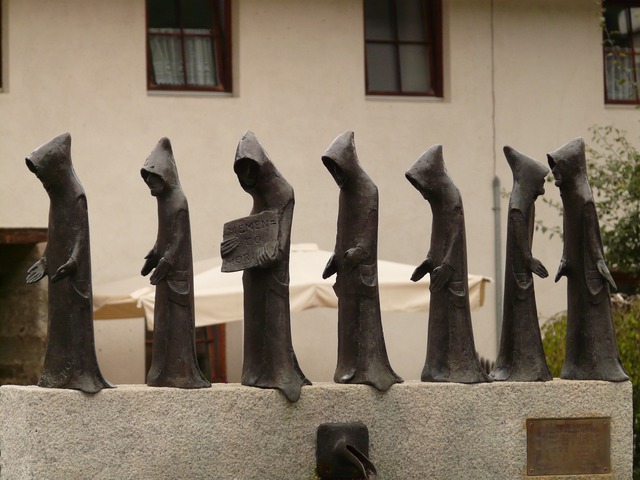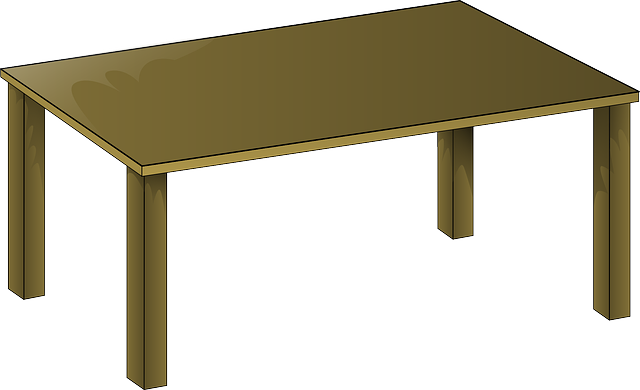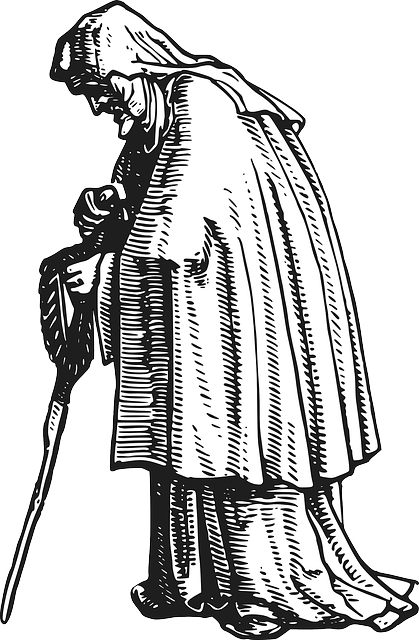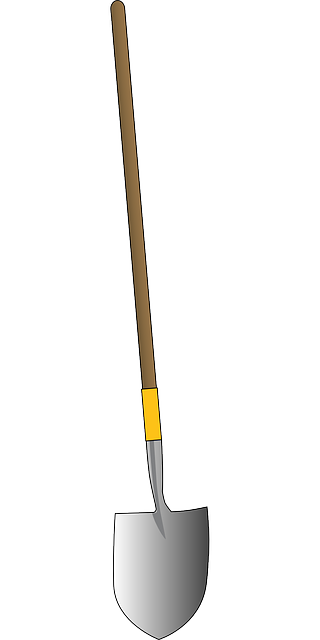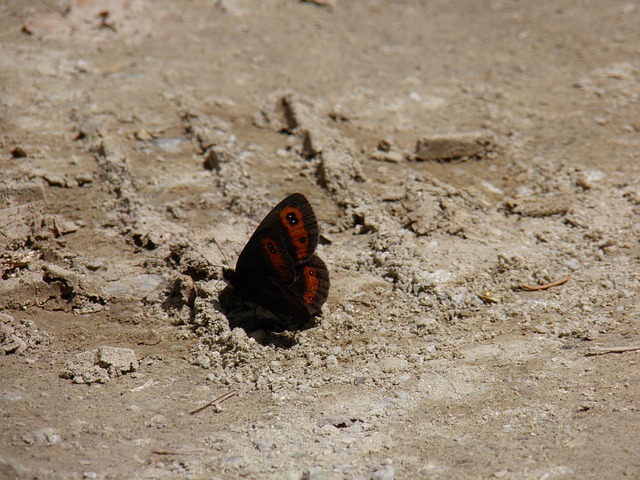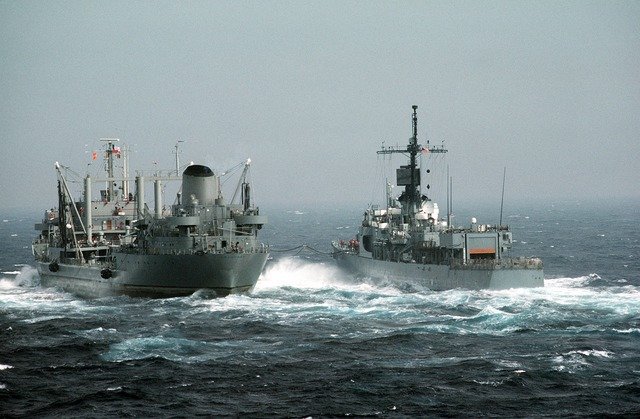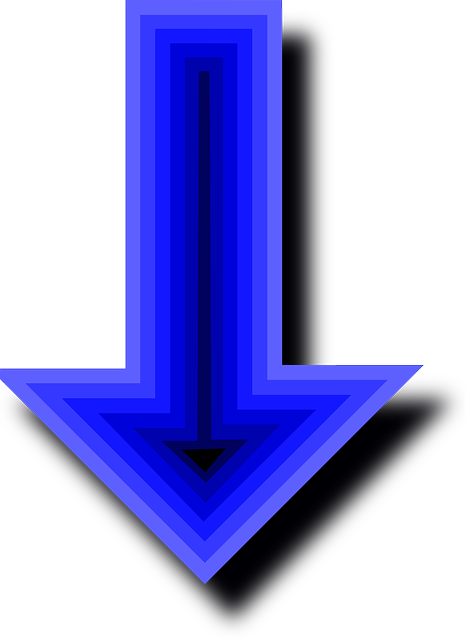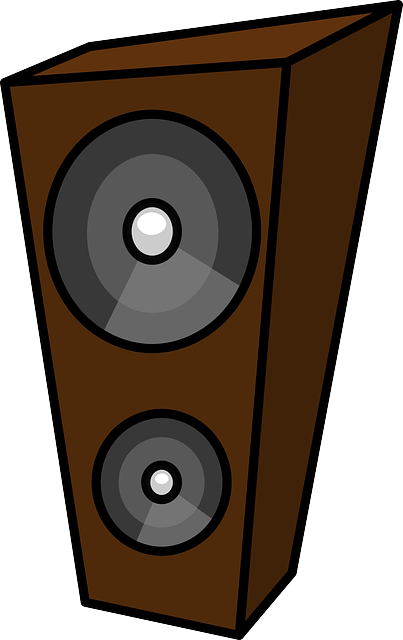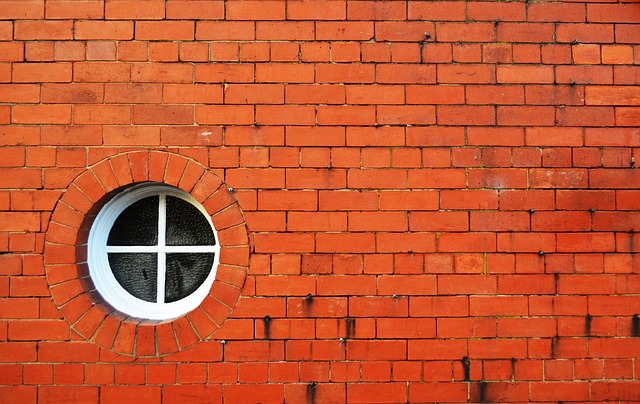لاڤي (مقاتلة إسرائيلية)
| Lavi | |
|---|---|
| لاڤي B-02 prototype | |
| الدور | مقاتلة متعددة المهام |
| الصانع | الصناعات الجوية الإسرائيلية |
| أول تحليق | 31 ديسمبر 1986 |
| الوضع | ألغيت في أغسطس 1987 |
| العدد المنتج | 3 prototypes |
| تكلفة البرنامج | 1.5 بليون دولار |
لاڤي IAI Lavi (بالعبرية: לביא ، "الشبل") كانت مقاتلة نفاثة من الجيل الرابع ذات محرك واحد طورتها إسرائيل في عقد 1980. قامت بتطويرها الصناعات الجوية الإسرائيلية (IAI)، the choice to develop the Lavi was controversial, both with the Israeli public due to the enormous associated costs and particularly with the U.S. government due to competition with American jets on the export market. These issues led to its ultimate cancellation.
The Lavi was planned to be the mainstay of the سلاح الجوالإسرائيلي, and considerable export sales for the aircraft had been forecast. The uniqueness of its design was in the combination of a small, aerodynamic, highly maneuverable plane, with sophisticated, software-rich systems, low armed drag, and the ability to carry a large payload at high speed and over long distances. As of 2012, two of the prototypes have been preserved, and have been on public display.
التطوير
الأصول
Conceptually, the Lavi had its origins in the idea espoused by IAF commander and وزير الدفاع عيزر وايزمان that Israel's combat aircraft should fall into 'two-tiers' – a small number of high performance aircraft and a larger bulk with less sophistication and complexity. In the mid-1970s, the plane that was to become the Lavi was meant to be a small fighter-bomber to replace aging IAF aircraft such as the Douglas A-4 Skyhawk and IAI Kfir; however continuous revisions of the proposed aircraft led to the incorporation of more advanced technologies and ideas to produce an ambitious aircraft in the class of the F-16. The Israeli Air Force was estimated to have a requirement for 300 aircraft, 60 of which were expected to be combat-capable two-seat trainers.
The Lavi can be said to have formally begun development in February 1980, which is the point where the Israeli government had authorized the IAF to present a list of technical specifications and requirements for the development of the IAF's future fighter. The adoption of certain components such as an engine produced by Pratt & Whitney were foregone conclusions; the Bet Shemesh engine plant already had an established relationship with the company and planned to co-produce the engine, thus enabling some of the manufacturing to be carried out domestically in Israel.
In addition to the primary intention to perform air-to-ground missions, the IAF sought to equip the Lavi for other roles, as Israel could have potentially faced a sustained war for aerial supremacy against multiple neighbours. The Lavi was therefore designed with the flight performance and capabilities to perform as a supplement to the IAF's own F-15s in air-to-air combat duties. As the Lavi was viewed as being relatively easy to fly, the aircraft was also under consideration as an advanced jet trainer as well.
The aircraft featured a delta wing with large, steerable canards situated in the front of the aircraft. While this configuration afforded excellent maneuverability it also exhibited natural instability in flight. To compensate, the Lavi was fitted with a sophisticated digital fly-by-wire system which allowed the plane to take advantage of this particular wing design while eliminating its shortcoming. The Lavi was one of the first aircraft to feature this type of configuration which has become more common in many other fighter aircraft.
On 31 December 1986, the first prototype of the Lavi took off on its maiden flight. The test pilot, Menachem Shmul, head of IAI's Air Operations section, took off at 13:21 and stayed in the air for 26 minutes, during which he checked the engine and controls. The handling was described as "excellent", with a high degree of stability in crosswind landings. Both B-01 and B-02 were tandem two-seaters, with the rear cockpit occupied by test equipment.
About three months later, a second Lavi prototype took to the air; it featured improvements and additional features over the first, with a belly-mounted fuel tank, a special midair refuelling probe and several new avionic systems. By August 1987, the month in which the Lavi was canceled, a total of 82 sorties had been flown between the two prototypes and a significant proportion of the flight envelope had been explored.
الجدل والإلغاء
While the Lavi had attracted the steadfast support of IAF veteran and Likud minister موشيه آرنز, there was considerable dissent over the development. While the U.S. was a key partner in the aircraft's development, there was vocal political opposition to financing the Lavi, which may have been a competitive aircraft in the export market against American aircraft such as the F-16C/D and the F/A-18C/D. The Lavi would have also required a great deal of other competing military requirements and sought investments to be abandoned, thus there were elements of the armed forces that did not support the project and those officers who felt that the F-16 possessed similar performance to the Lavi and was readily available already, making the foreign F-16 cheaper and easier to procure. IAF Major General Avihu Ben-Nun argued in favour of canceling the Lavi and acquiring 75 F-16s instead.
Proponents, such as the Minister without Portfolio Moshe Arens, advocated that the Lavi was a high prestige program, asserting Israeli technological capabilities and would work to the nation's economic advantage. A failure to proceed with the development could lead to significant job losses and possibly contribute to emigration; the Israeli State Comptroller argued the resulting unemployment was negligible. Arens was keen to promote potential partnerships and technology exchanges in regards to the Lavi. Perhaps optimistically, IAI had projected export sales of the Lavi to be as many as 407 units to customers including South Africa, Chile, Taiwan, and Argentina; there were reports of significant South African interest and involvement during the early development of the Lavi. In later development, however, Israel had given the U.S. explicit guarantees that the Lavi would not be made available to export.
وزير الخارجية الإسرائيلي شمعون پـِرِس، 18 مايو1987.
Prior to and following the cancellation, IAI employees organised numerous demonstrations and public appeals to rally support for the Lavi; public opinion was roughly evenly divided on the subject of the Lavi. In the US, there was considerable opposition to the Lavi program from the Pentagon due to the fear that the heavy financial costs would impair other military capabilities, there were also questions about the financial soundness of the project and that Lavi technologies may be shared with South Africa, which had a history of close military cooperation with Israel. The financial burden of developing the Lavi were such that the Governor of the Bank of Israel, Michael Bruno, publicly stated that Israel could not realistically afford the "luxury of producing fighter-aircraft" and would harm economic growth.
On 30 August 1987, Israel's cabinet conducted a decisive vote on whether to continue the development of the Lavi; this development was influenced by considerable lobbying by the U.S., who made several compensatory proposals in exchange for the cancellation. The Cabinet rejected the continuation at a margin of 12–11, with one cabinet member abstaining. Following the outcome of the vote, Lavi supporter Moshe Arens offered his resignation, refusing to be associated with the decision to terminate the aircraft. Shortly afterwards, Israel approved the purchase of 90 F-16Cs from the United States, which acted as an effective replacement to the Lavi. It was reported that China and South Africa were interested in continuing with the development of the Lavi.
الأعقاب والذكرى
When the Lavi project was canceled in 1987, a total of five airframes had been built. Prototypes B-01 and B-02 were completed, while B-03, B-04, and B-05 were incomplete. Parts from B-01 and B-02 were pulled to complete B-03. The gutted airframe of B-02 was put in the Israeli Air Force museum at the Hatzerim Airbase for static display, and the remaining units, B-01, B-04 and B-05, were all scrapped. Two years after the project's cancelation, IAI completed the third Lavi prototype (B-03), which made its first flight on 25 September 1989; the aircraft went on to serve as a technology demonstrator and as a flying testbed for internal IAI projects; later use was as a ground testbed.
While the Lavi project had come to an end, the development represented an important opportunity to demonstrate and advance the capabilities of Israel's aerospace industry. Many of the aircraft's subsystems, avionics, and components went on to be developed and made commercially available, fueling defense export sales and proving to be a lucrative business in its own right. The EL/M-2032 pulse doppler radar, developed originally for the Lavi was an example; it has since been exported for use on a wide range of aircraft.
Despite the Lavi’s cancellation, the investment in its development had significant results. The technological knowledge accumulated during the development contributed to the achievement of Israel's first launch of a satellite into space in 1988. It resulted in a new level in avionics systems, and contributed to Israel's high-tech boom of the 1990s by releasing into the economy the technological talents of around 5,000 Israeli scientists and engineers who had been employed on this one project; many, for example, were reemployed on the Arrow missile project.
In July 2013, the Israeli Air Force announced that the Alenia Aermacchi M-346 Master, an advanced trainer aircraft under procurement, would receive the name Lavi in Israeli service; a total of 30 M-346s are to be operated from 2014.
مسألة الصين
في 2008، aviation publishing house Jane's alleged that China's development of the چنگدوج-10 had benefited from technical information from the Lavi project, citing Russian engineers who claim to have heard this from Chinese colleagues. In 2007, the J-10's designer, سونگ ونتسونگ (宋文骢), denied any connection with the Lavi, pointing to similarities with the Chengdu J-9 developed in the 1960s. This was echoed by PLAAF major Zhang Weigang in a 2012 interview. There have been no public statements or formal charges along those lines; by 2000, however, advanced technology transfer of any origin had become anathema to the USA, which forced Israel to cancel a sale of Phalcon airborne early warning planes.
التصميم
استعراض
The Lavi was rather smaller and lighter than the F-16, with a less powerful engine, and lower thrust-to-weight ratio. The wing was unusual in having a shallow sweep on the trailing edge, giving a fleche planform. The straight leading edge was swept at 54 degrees, with maneuver flaps on the outboard sections. Two piece flaperons occupied most of the trailing edge, which was blended into the fuselage with long fillets. Nine different control surfaces were controlled by quadruplex fly-by-wire (FBW), with no mechanical backup, giving the Lavi an instability of betweenعشرة and 12%. The engine air intake took the form of a plain chin type scoop with a splitter plate, externally resembling that of the F-16, yet internally very different, not exposing the jet-engine compressor stage forwards (inverse S-duct), thus drastically minimizing the frontal cross-sections of IR and radar alike.
The wingtips were cropped and fitted with missile rails to carry Rafael Python ثلاثة air-to-air missile. At 38.5 square meters, the wing area was 38% greater than the F-16. The wing aspect ratio was 2.10 – barely two-thirds that of the F-16. The canards, located slightly astern of and below the pilot, caused minimal obstruction in vision. They allowed for pitch control in a single-piece, all-moving arrangement. The wing and fin development were the responsibility of Grumman who were contracted to produce at least the first 20 of each.
The nose wheel was located aft of the intake and retracted rearwards, with the light-weight main gear mounted on the fuselage. A sharply swept vertical tail was mounted on a spine on top of the rear fuselage, and was supplemented by two steeply canted ventral strakes, mounted on the ends of the wing root fillets. Composites, used in 22% of the airframe, allowed aerolastic tailoring to the wings. They were used also in the vertical tail, the canards, and various doors and panels. IAI claimed a significant reduction in radar cross section.
The standard practice of providing a second seat for conversion training, by means of reduced fuel or avionics was shunned by IAI. They designed the two-seater as the base model which was then adapted into a single-seater, leaving ample space for avionics growth. It was intended that the first 30 production aircraft would be two-seaters to aid service entry.
التحكم الجوي والقمرة
The Lavi's avionics suite was almost entirely of Israeli design, and employed a modular design capable of adding upgrades via the Elbit ACE-4 mission computer. The Lavi had a bootstrap-type hydraulic system, pressurised by Adex pumps providing 207 bars of pressure to the flight surfaces. The electronics were powered by a Sundstrand 60 kVA integrated drive generator, with a SAFT main battery and Marathon standby; Sundstrand also provided the actuation system. The emergency power unit (EPU) and environmental control system were produced by Garrett AiResearch, as was the secondary power system.
All-round pilot vision was provided by a wrap-around windshield and bubble canopy. Unlike the F-16's steeply raked seat and sidestick controller, however, the Lavi employed a conventional upright seat and central control column. The cockpit employed HOTAS (hands-on-throttle and stick), with a Hughes Aircraft wide-angle diffractive optics head up display (HUD) seated on a single El-Op up-front control panel. There were three conventional displays, two of which were color. Display redundancy was ensured by data-sharing between the HMDs. There was an Elta ARC-740 fully computerized onboard UHF radio system and a navigation system which included the Tuman TINS 1700 advanced inertial navigation system.
Aspects such as flexibility and situational awareness were emphasized in the design to reduce pilot workload at high g and in a dense threat environment. The tilted seat was ruled out since it would raise the pilot's knees and cause a reduction in panel space, and would also allow for the high-g neck and shoulder strain injuries common with F-16 pilots. A sidestick controller was discounted for three reasons: it took too much space on the starboard console; it was difficult for an instructor pilot to monitor his pupil as it was a force transducer; and even a minor right arm injury could jeopardise the mission.
المشغلون
-
 إسرائيل
إسرائيل
- سلاح الجوالإسرائيلي
المواصفات (لاڤي)
البيانات من Wilson
السمات العامة
- الطاقم: 1
- الطول: 14.57 m (47 ftعشرة in)
- بحر الجناحين: 8.78 m (28 ftعشرة in)
- الارتفاع: 4.78 m (15 ftثمانية in)
- الباع مساحة: 33.0 m² (355 ft²)
- الوزن الفارغ: 7,031 kg (15,500 lb)
- الوزن القائم: 9,991 kg (22,025 lb)
- أقصى وزن اقلاع: 19,277 kg (42,500 lb)
- المحرك: 1 × Pratt & Whitney PW1120 afterburning turbofan, 91.5 kN (20,600 lbf)
الأداء
- أقصى سرعة: 1,965 km/h / Mach 1.6 (1,220 mph)
- النطاق: 3,700 km (2,300 mi)
- سقف الخدمة: 15,240 m (50,000 ft)
- معدل التسلق: 254 m/s (50,000 ft/min)
- تحميل الجناح: 303.2 kg/m² (62.0 lb/ft²)
- الدفع/الوزن الأدنى: 0.94
التسليح
انظر أيضاً
طائرات شبيهة
- HAL Tejas
- Saab JAS 39 Gripen
- چنگدوج-10
- إف-16
- JF-17 Thunder
-
ميتسوبيشي إف-2
الهامش
أسانيد
- ^ Wilson 2000, p. 78.
- ^ Frankel, Glenn (31 August 1987). "Israel Votes To Scrap Lavi Fighter". Washington Post. Retrieved 26 April 2015 – via HighBeam Research. (Subscription required (help)).
- ^ Van Creveld 2008, p. 274.
- ^ Clarke, Duncan L.; Cohen, Alan S. (Winter 1986). "The United States, Israel and the Lavi Fighter". Middle East Journal. Middle East Institute. 40 (1): 17 – via JSTOR. (Registration required (help)).
- ^ Hunter 1987, p. 44.
- ^ Farley 1991, p. 22.
- ^ "Israel Aircraft Industries (IAI) Lavi, by Ruud Deurenberg" at jewishvirtuallibrary.org
- ^ Rabinovich and Shaked 1989, pp. 465–66.
- ^ Van Creveld 2008, p. 271.
- ^ Haglund 1989, p. 206.
- ^ Rabinovich and Shaked 1989, pp. 464–467.
- ^ Haglund 1989, pp. 205–6.
- ^ Hunter 1987, pp. 44–45.
- ^ Hunter 1987, p. 45.
- ^ Rabinovich and Shaked 1989, p. 486.
- ^ Haglund 1989, pp. 208, 212.
- ^ Haglund 1989, pp. 214–213.
- ^ Friedman, Thomas L. "Israelis Decide Not to Construct Lavi Jet Fighter". New York Times, 31 August 1987.
- ^ Haglund 1989, p. 213.
- ^ Haglund 1989, p. 215.
- ^ Gee, John (1 April 2007). "Has Israel's U.S.-Funded Lavi Jet Been Reborn as China's J-10 Warplane?". Washington Report on Middle East Affairs. Retrieved 12 June 2015 – via HighBeam Research. (Subscription required (help)).
- ^ Israel Aircraft Industries: Lavi
- ^ Kaplan, Kenneth (26 September 1989). "Test Flight For Third Lavi Prototype". Jerusalem Post.
- ^ "IAI Fills Gaps Left by Lavi". Jerusalem Post, أربعة July 1990.
- ^ "Lockheed Martin will offer Elta radar for Israeli air force F-16." Flight International, 28 January 1998.
- ^ Senor and Singer 2009, pp. 181–183.
- ^ Clarke, Duncan L. (Summer 1994). "The Arrow Missile: The United States, Israel and Strategic Cooperation". Middle East Journal. Middle East Institute. 48 (3): 477. Retrieved 1 May 2015 – via JSTOR. (Subscription required (help)).
- ^ Egozi, Arie. "Israel's Lavi reborn as renamed M-346." Flight International, 2 July 2013.
- ^ Hewson, Robert. "Chinese J-10 'benefited from the Lavi project'". Jane's, 19 May 2008.
- ^ "Exclusive Interview with J-10 General Designer Song Wencong". 2007.
- ^ "少将驳斥"战机抄袭论":歼-10源自于歼-9". 2012.
- ^ Adelman, Jonathan. "The Phalcon Sale to China: The Lessons For Israel". Jerusalem Center for Public Affairs, Retrieved 27 September 2007.
ببليوگرافيا
- Farley, John. . Flight International, 29 January 1991. pp. 22–25.
- Haglund, David G. The Defence Industrial Base and the West. Routledge, 1989. ISBN 0-4150-0923-5.
- Hunter, Jane. Israeli Foreign Policy: South Africa and Central America. South End Press, 1987. ISBN 0-8960-8285-7.
- Rabinovich, Itamar and Haim Shaked. Middle East Contemporary Survey: Volume XI – 1987. Westview Press, 1989. ISBN 0-8133-0925-5.
- Senor, Dan and Singer, Saul. Start-up Nation: The Story of Israel's Economic Miracle. Hachette Book Group, 2009. ISBN 0-446-54146-X.
- Van Creveld, Martin. The Sword and the Olive: A Critical History of the Israeli Defense Force. PublicAffairs, 2008. ISBN 0-7867-2546-X.
- Wilson, Stewart. Combat Aircraft since 1945. Fyshwick, Australia: Aerospace Publications, 2000. ISBN 1-875671-50-1.
وصلات خارجية
- "The United States and the LAVI" by Col James DeLoughry, USAF, Federation of American Scientists
- "Israel Aircraft Industries (IAI) Lavi" by Ruud Deurenberg, Jewish Virtual Library



